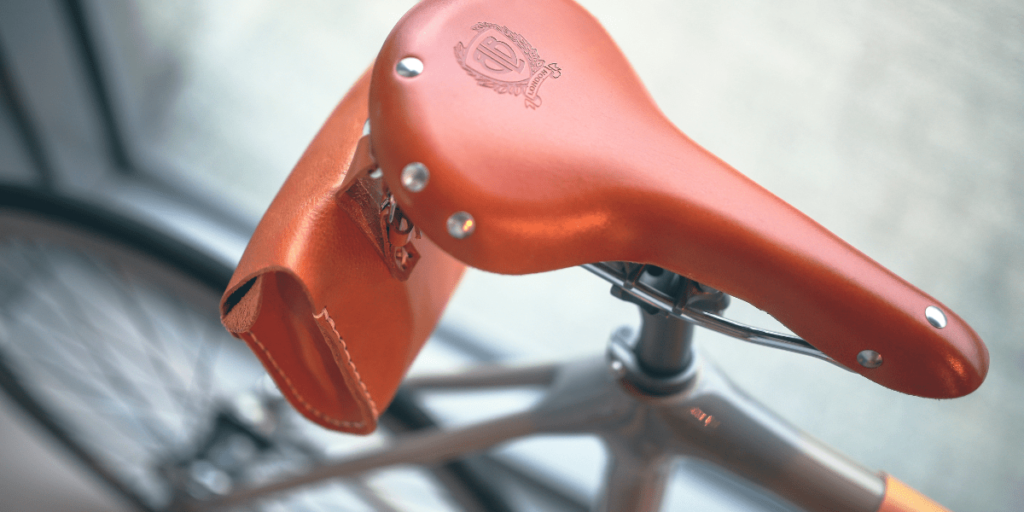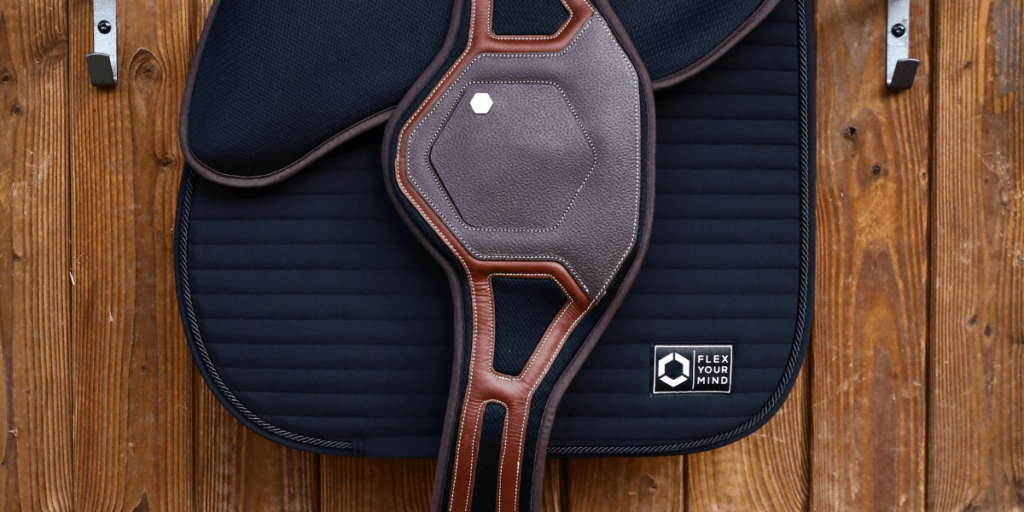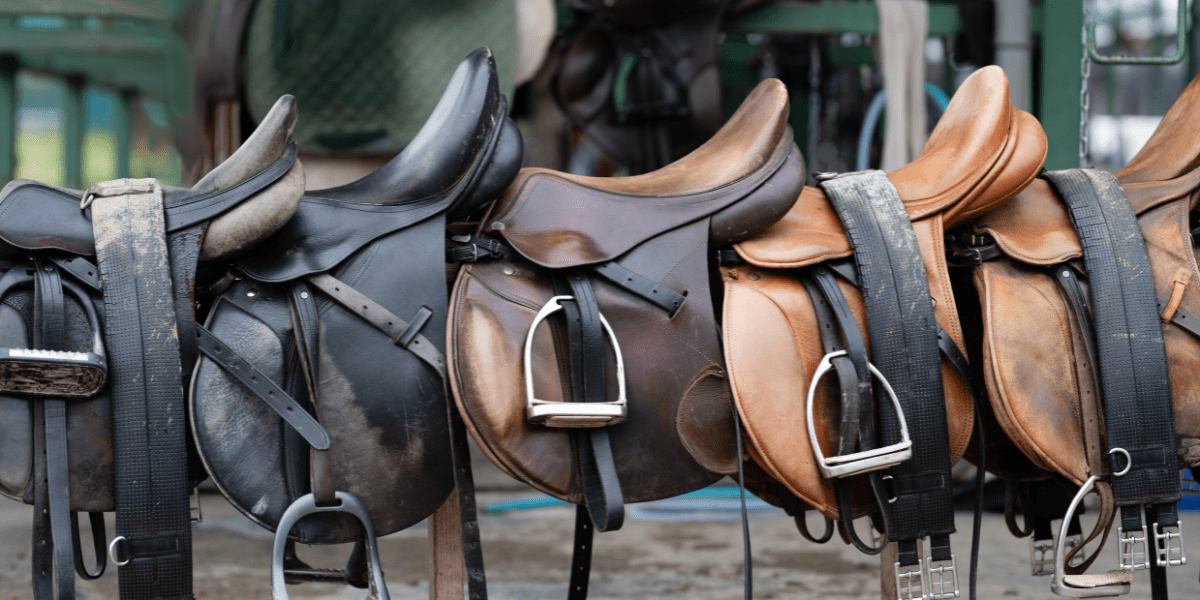The Ultimate Guide to Saddle Bag Features and Benefits
Introduction
Bicyclists are aware that having the proper equipment can significantly improve your trip. Saddle bags are one of the most important accessories for any biker among these necessities. These practical bags enhance the ease and style of your riding experience while also protecting your stuff.
Knowing what makes a decent saddle bag is essential to improving your two-wheeled adventures, whether you’re riding on tough terrain or cruising through urban streets. Explore our comprehensive guide to learn everything there is to know about saddlebags, including their many varieties, key characteristics, and how they may improve your riding experience!

Saddle bags: what are they?
For bikers, saddle bags offer a variety of storage options. They firmly fasten under your bike’s seat, giving you convenient access to necessities while you’re riding.
To accommodate a range of requirements and tastes, these bags are available in a variety of sizes and shapes. Saddle bags are an easy way to carry tools, snacks, or personal belongings without interfering with your cycling rhythm, whether you’re going on a quick commute or a longer excursion.
Usually composed of sturdy materials like canvas or nylon, they can tolerate a range of weather conditions. Reflective components are also included in several models for increased safety when riding at night.
By distributing your bike’s weight equally, the design reduces any potential effects on handling or balance. Saddle bags’ combination of practicality and fashion has made them.
Different Saddle Bag Types
There are numerous designs of saddlebags to suit a range of requirements and tastes. The classic rear saddlebag is the most popular kind. These are intended to be installed on either side of the rear rack of your bike.
For those who like a balanced load, there is also the front saddlebag. They provide convenient access while riding and mount immediately above the front wheel.
Compact saddlebags give minimalist riders plenty of room for necessities without adding bulk. For short travels, they’re ideal for transporting personal belongings or tools.
The waterproof saddlebag is another well-liked choice that protects your possessions from splashes and rain in inclement weather.

Things to Take Into Account Before Purchasing a Saddle Bag
Take your riding style into consideration while selecting a saddlebag. Are you an adventure seeker or a casual cyclist? The way you operate your bike will determine your needs.
Next, think about the capacity. There are many sizes of saddle bags. Choose one that is both roomy and not overly large if you intend to carry necessities like tools and snacks.
Additionally, material matters. Seek out sturdy materials that are lightweight and resistant to various weather situations.
Don’t ignore how simple installation is. Attaching and removing a saddlebag from your bike should be easy and hassle-free.
Verify compatibility with the model of your bike. Make sure your bag fits the bike you’re thinking about because some are made especially for particular bike models.
Crucial Elements of an Excellent Saddle Bag
Durability and functionality are combined in a decent saddlebag. To keep your equipment safe on every ride, look for premium materials that are resistant to abrasion and wear.
Another crucial component is water resistance. Your possessions will stay safe and dry in a bag that can resist rain or unexpected splashes.
Additionally, think about the closing system. While buckle systems provide additional security against unintentional openings during rough rides, zippers should be sturdy.
Accessibility is also important. You may easily grab tools or food while on the run with the help of side pockets or easy-access compartments.
Consider the features of visibility. Reflective strips or bright colors increase safety by increasing your visibility to other drivers, particularly in low light.
Advantages of Saddle Bag Use
A useful option for cyclists looking for convenience while riding is a saddlebag. They offer lots of storage space, so you can easily fit necessities like tools, snacks, and personal belongings without making your vehicle look cluttered.
Their even distribution of weight is one of the most notable advantages. Saddle bags, as opposed to backpacks, maintain a low and steady center of gravity, which improves riding comfort.
In many instances, they are also made to be waterproof or resistant to weather. As a result, you can ride with assurance in a variety of weather conditions without fear of ruining your possessions.
Reflective materials are also used in a lot of saddle bags. When riding at night or in poor light, this function improves visibility.
How to Pick Your Bike’s Correct Size and Fit
Selecting the appropriate saddlebag size and fit is essential for both comfort and usefulness. Based on your riding patterns, start by figuring out how much storage you require. Think about the necessities you typically have with you.
Next, measure how much room you have on your bike. Verify compatibility by measuring the bike frame or current attachment points. You won’t swing while riding if it fits snugly.
Additionally, consider the distribution of weight. Particularly on longer journeys, a weight that is evenly distributed can improve handling and stability.
Don’t forget about style! Your saddlebag should be both aesthetically pleasing and functional for your bike. If at all feasible, try out a few possibilities to discover one that fits all of your bike needs while also being functional and stylish.
Tips for Saddle Bag Upkeep and Care
To keep your saddlebag in top condition, regular maintenance is key. Start by cleaning it after each ride. Use a damp cloth to wipe away dirt and grime. Avoid harsh chemicals that can damage the material. Inspect the stitching and zippers regularly.
Look for any signs of wear or fraying. Address these issues early to prevent bigger problems down the road. Storing your saddlebag properly also matters. Keep it in a cool, dry place when not in use. This helps maintain its shape and prevents moisture buildup.
If your saddlebag is made from leather, consider applying a conditioner every few months to keep it supple and hydrated. For synthetic materials, check if there are specific care instructions recommended by the manufacturer.
Leading Brands and Choices in the Industry
A number of saddlebag brands are notable for their excellence and inventiveness.
Trek is renowned for creating robust products that appeal to both recreational and serious bikers. They frequently prioritize usefulness over style in their creations.
Ortlieb is another well-liked option, known for its waterproof qualities. For riders who ride in a variety of weather conditions, these bags are ideal since they keep your possessions dry.
Blackburn provides dependable substitutes that strike a decent mix between cost and functionality for customers on a tight budget.
Ergonomic designs that optimize comfort on lengthy rides are the subject of specialization. Advanced materials are frequently used in their products to reduce weight without sacrificing durability.
Investigating various models can assist you in locating the perfect saddlebag because every manufacturer offers something different.
FAQs
Conclusion
Saddle bags are essential accessories for many cyclists and motorcyclists alike. They provide a practical solution for carrying essentials while on the move, enhancing your riding experience.
Choosing the right saddlebagrequires careful consideration of various factors. Think about what you’ll be using it for, how much storage you need, and which features align with your style of riding. Whether you’re commuting to work or embarking on a long-distance tour, there’s a ssaddlebagtailored to fit those needs.
Understanding the different types available is crucial. From compact options designed for minimalists to larger models that can accommodate all your gear, each type serves its unique purpose. Additionally, paying attention to aspects like material durability and weather resistance can make a significant difference in







